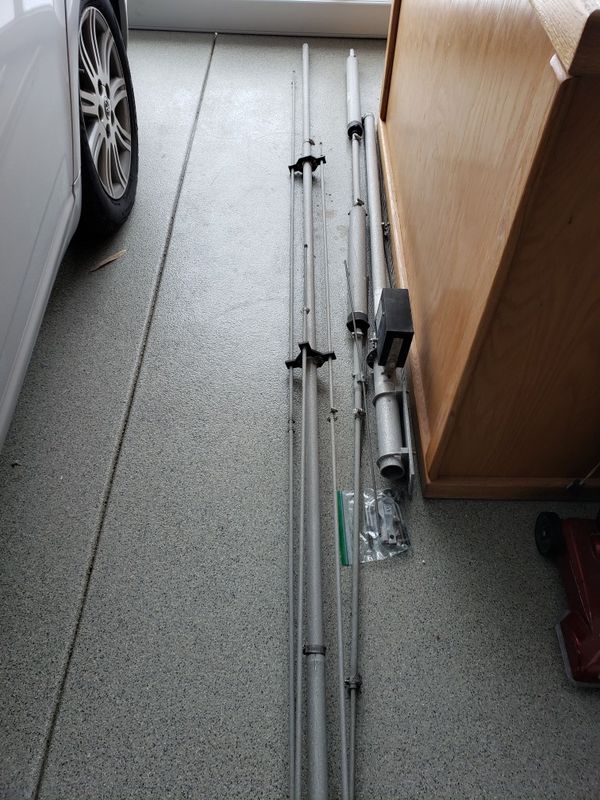

Thought it was My first ZL, then I found out it was ZL7. He came back a few minutes later with -20 and then my RR73 was answered 73 in same sequence. I believe ZL7 was working a few XEs on FT8, so I found one decode and moved my tx up in freq, started calling -17 report. It appeared that there was an Es link in the Midwest to DM43 / XE area that was getting into the TEP-Chordal hops. Sure enough turned the radio on and got decodes from ZL7DX. Then saw an email from W7XU (Arliss in South Dakota) saying ZL was in. The next day I saw it again, but was busy. However did not see many if any Midwest reports so I sort of ignored it. Then I saw TEP-Chordal stuff happening on the 26th to ZL/VK, which did not really surprise me thinking we got a few glancing blows from the flares perhaps.

But I also noticed that the flux was around 140 and knowing that a slight disturbance could skew things the right way, I was somewhat aware of things. "Watching for a few days, they predicted a few M class flares hitting, but it seemed to have missed us. Mike, KM0T in NW Iowa (EM13) wrote early on December 29 about 6 meters: The result in the ionosphere was higher critical frequencies in the F2 layer in the middle of the night and an increased occurrence of scattering and extended reflections, especially on the morning of December 30." The surprise came after the increase in proton density in the solar wind in the evening of December 29, where only a relatively small increase in its group velocity was observed. This corresponded well with the irregular occurrences of the slightly increased activity of the Earth's magnetic field, thus also the irregularities in the daily course of the ionosphere parameters. Both spot and flare activity predominated in the southern hemisphere, while small coronal holes were observed mostly in the northern hemisphere. Solar activity was a little more vivid than we expected. "Weekly Commentary on the Sun, the Magnetosphere, and the Earth's Ionosphere, Decem(Continuation of Earth's magnetic field activity predictions, published between 19.)

Predicted planetary A index is 8, 5, 12 and 8 on Decemthrough January 3, 2022, 5 on January 4 to 10, 10 on January 11 and 12, 5 on January 13 and 14, then 8 and 12 on January 15 and 16, 8 on January 17 and 18, 5 on January 19 to 22, then 8, 10, 8 and 8 on January 23 to 26, then 5 on January 27 through February 6 and 8 on February 7 and 8. Predicted solar flux over the next month is expected to peak at 130 on January 18 and 19, and the numbers are 100 on December 31, 2021, 100 on January 1 and 2, 2022, 98, 95 and 95 on January 3 to 5, then 90, 92 and 100 on January 6 to 8, 105 and 110 on January 9 and 10, 115 on January 11 to 13, 118 on January 14 and 15, then 122 and 128 on January 16 and 17, 130 on January 18 and 19, then 128, 125 and 120 on January 20 to 22, 125 on January 23 and 24, 122 on January 25, 120 on January 26 and 27, then 115, 110, 100 and 95 on January 28 to 31, 90 on February 1 and 2, 92 and 100 on February 3 and 4, 105 and 110 on February 5 and 6, and 115 on February 7 to 9. New sunspot groups appeared on December 25, 26 and 28. Average daily solar flux slipped just slightly from 125 to 124.Īverage daily planetary A index went from 9.1 to 6.4, and average middle latitude numbers changed from 6.4 to 4.4. Average daily sunspot number declined from 124.4 to 110.1. Sunspot activity persisted this week, although the numbers were a little lower. Propagation Forecast Bulletin #53 de K7RA:


 0 kommentar(er)
0 kommentar(er)
